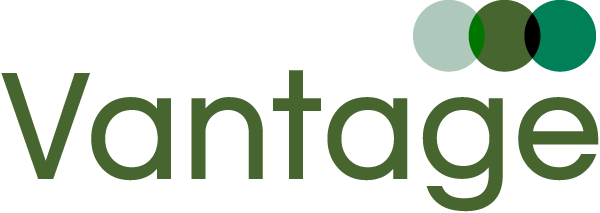With increasing pressure on housing providers to generate cross organisational cost savings, how do you find the balance of delivering a high-quality Repairs and Maintenance (R&M) service whilst keeping a close eye on costs? The recent trend of insourcing, the perceived security of outsourcing and the temptations of other ‘innovative’ models such as joint ventures mean many providers are still trying to find the right model.
Vantage’s Operations Director Rob Bryan takes a look at ways to strike the right balance:
Get the Right Fit
At Vantage, we recognise that the “right” delivery model for a housing organisation is dependent on a number of factors, and it’s not just a case of listing the generic pros and cons of each model. For example, Wholly Owned Subsidiaries have become more popular, but you shouldn’t adopt models such as this without very careful consideration. The right model for each Registered Provider (RP) depends on core factors including geography, scale, key staff capabilities, your organisational culture, strategy and roadmap. We strongly recommend undertaking an options appraisal which assesses the health of the organisation across its roots. This will provide a snapshot of capabilities to truly understand which model will be the best fit and pave the way for genuine success. It is my view that an organisation which has strong roots could ‘plug in’ any R&M delivery model and make it work.
Change Hearts and Minds
Our recent findings have shown there is a huge variation across the sector in performance especially across major works rates and in our comparisons of the top 150 RPs via our online tool Global Accounts Plus. There is no evidence to suggest that larger organisations can procure better rates than smaller RPs, further, we found that once a contract or internal service is in place, it can go off the boil very quickly.
The key to keeping it on track is the people you have in place and their capabilities. The sector is suffering from a skills shortage and one way to combat it is to embrace a mentoring and coaching programme. At the heart of this is embracing the right culture and performance management approach. Success or failure lies with a team and it relies on your ability to change hearts and minds.
Along with coaching and upskilling the team, it is vital to involve team leaders and managers in setting KPIs, training them in how to manage staff to get the best performance and how to use data gathered from the service to make informed decisions. Up until 10 years ago, there was very little R&M data available but now there is an abundance of it. If staff have the capability to interpret and make decisions based on evidence, the service or the contract will stay on track. High performing RPs collect relevant data in a robust and controlled way. Data captured efficiently within the process of service delivery will provide confidence in the numbers and enable you to access performance indicators at the touch of a button. The power of this intelligence this cannot be underestimated as service success can be tracked, tweaked and managed continuously.
Go Beyond Traditional Procurement
If part of your service delivery model involves working with external contractors, make sure you go beyond your usual procurement approach. This means rethinking specifications, service level agreements and what added value you can gain from a contract. If you effectively scan the market to identify the supply chain and service you are seeking prior to the procurement process then you can use a more commercial approach to procurement to achieve that result. We encourage the use of setting proper target costs, but don’t stop when you’ve procured great rates either. It is vital to continue to focus on contract management once the work has begun. If you procure great rates but don’t involve the managers or upskill the team to effectively manage the contract, your hard work will be wasted.
Measure Success
Many RPs struggle with how to evaluate different streams of the service in a hybrid model, making it difficult to assess which strands of the model are most efficient. Our advice is to be clear from the start on how you’ll measure success and how to compare – using cost per unit for example as a metric, or the variation to the Nat Fed schedule. Further, you need to be realistic on what you can compare, and how you will adjust for differing geographical regions or work mix. If you can be consistent and use actual costs you will be able to compare more accurately. The golden rule here is to measure against your organisational objectives and targets, and to blend your model to suit your needs.
Vantage are leaders in transformational change and R&M performance improvement in social housing. Contact us to discuss your options and see how much you could achieve.

